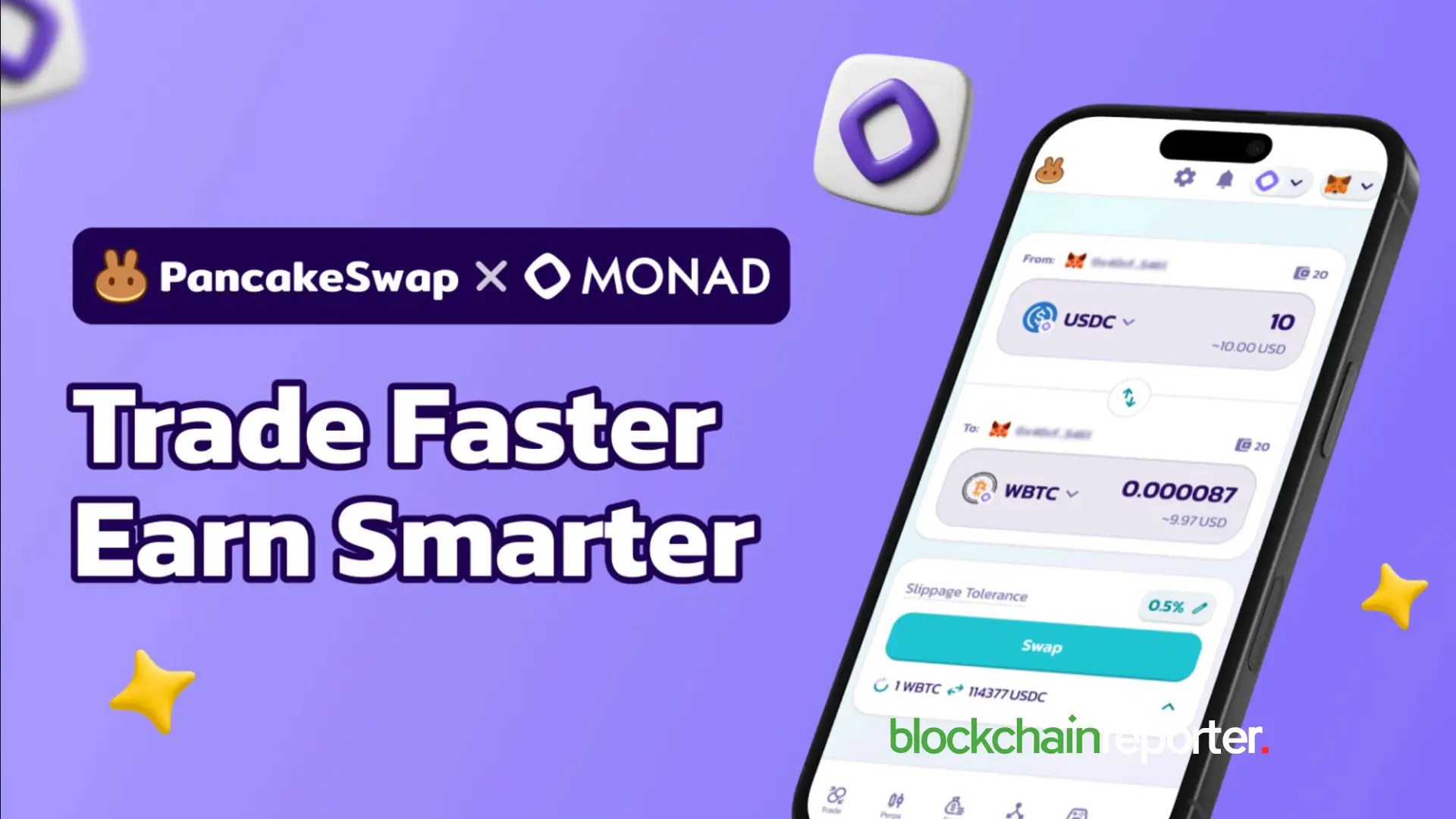
Onchain applications need two core services to run: data and liquidity. Without either, they’re nothing. With both, they’re fully equipped to do the job they were designed for, whether that’s lending, trading, or prediction markets. The liquidity comes from market makers and LPs, while the data comes from dedicated layers that deliver it on demand. Layers like SQD , which supply Web3 data by the petabyte.
However, the key point here is “demand.” Because at present, like most other data layers, SQD delivers indexed data at the demand of the dapp in question. The dapp needs the latest market price for ETH, sends a request, and SQD delivers it. But not for long, because SQD’s forthcoming network upgrade will introduce Portal, a new framework that doesn’t wait to be told – it streams data constantly, ensuring that applications always have access to the latest information.
Portal promises less latency, greater accuracy, and improved composability. But that’s not all it comes bearing. Let’s lift the lid to see what Portal is packing – and why it’s such a big deal for Web3 data.
More Than Just a Network Upgrade
There are network upgrades and there are network upgrades. Portal is the latter: a biggie that will radically reinvent the way SQD works. Its implementation will entail a comprehensive architectural and developer experience overhaul – but the SQD team is confident the upheaval will be worth it.
The biggest change, as we’ve already touched upon, is the transition to a data streaming mode. It means developers will receive continuous, real-time updates as they occur onchain. This immediate flow eliminates the usual round-trip latency, resulting in a significant improvement in speed.
The other big change that’s bundled with Portal is its core query engine, which has been entirely rewritten in Rust. This ought to optimize the engine for superior speed and stability. In the process, it moves SQD away from the current gateway. As its team explains , “The difference between the old centralized gateway and the decentralized Portal network is huge. Developers will feel it immediately.”
The Problem Portal Solves
Five years ago, the number of active blockchains could be numbered in the hundreds. Today, it numbers in the thousands. Not only has the blockchain landscape expanded, but the data sources it’s reliant on are no longer limited to what happens onchain – they increasingly harness off-chain data too, from commodity prices to stocks and even sports events. As a result, the data demands of decentralized applications and other Web3 services have soared.
Modern Web3 developers are reliant on accurate, real-time data from a multitude of sources – which is why dedicated infra layers such as SQD that can deliver it on tap have prospered. But there’s still room for improvement, particularly now that AI has entered the fray, with everything from onchain agents to LLMs adding to the data demands. Portal isn’t just an attempt to keep pace – it’s designed to move SQD two steps ahead, future-proofing its data delivery capability while making life easier for developers in the here and now.
How Portal Will Allow Devs to Do More
Web3 developers won’t just benefit from faster data delivery when Portal launches – they’ll also enjoy greater composability. That’s because the Portal upgrade is paired with the Pipes SDK. While Portal handles the raw, high-speed data flow, the Pipes SDK empowers developers to utilize that data effectively.
This modular approach allows builders to seamlessly integrate with their existing systems and tools. In doing so, it provides developers with the freedom to build modular data pipelines that match their specific application requirements, rather than forcing them into a vendor-dictated structure.
In essence, Portal and Pipes SDK combine to make data faster to access, easier to use, and far more flexible to integrate. In practical terms, this means that teams will be able to create sophisticated multi-chain dapps that draw data from an array of sources – both on- and off-chain – through a single stream. It solves the data problem once and for all, freeing devs to focus on core competencies, like creating killer apps that are feature-rich.
Opening the Data Portal
For years, Web3 developers have been reliant on RPCs to provide onchain data. While RPC design has improved significantly during this time, it’s designed for fetching data requests for wallets and transactions – not delivering terabytes of data in nanoseconds. RPCs don’t scale. Portal does.
From a technical perspective , Portal “sits between blockchain nodes and your data pipeline, providing an HTTP API optimized for high-throughput data extraction.” From a practical perspective, it solves one of your most pressing problems when coding a blockchain application. It means that whatever chain you launch on and whatever data you require, the vital data can be delivered – quickly, accurately, and endlessly. That’s the bull case for Portal and why it’s poised to make blockchain data great.




